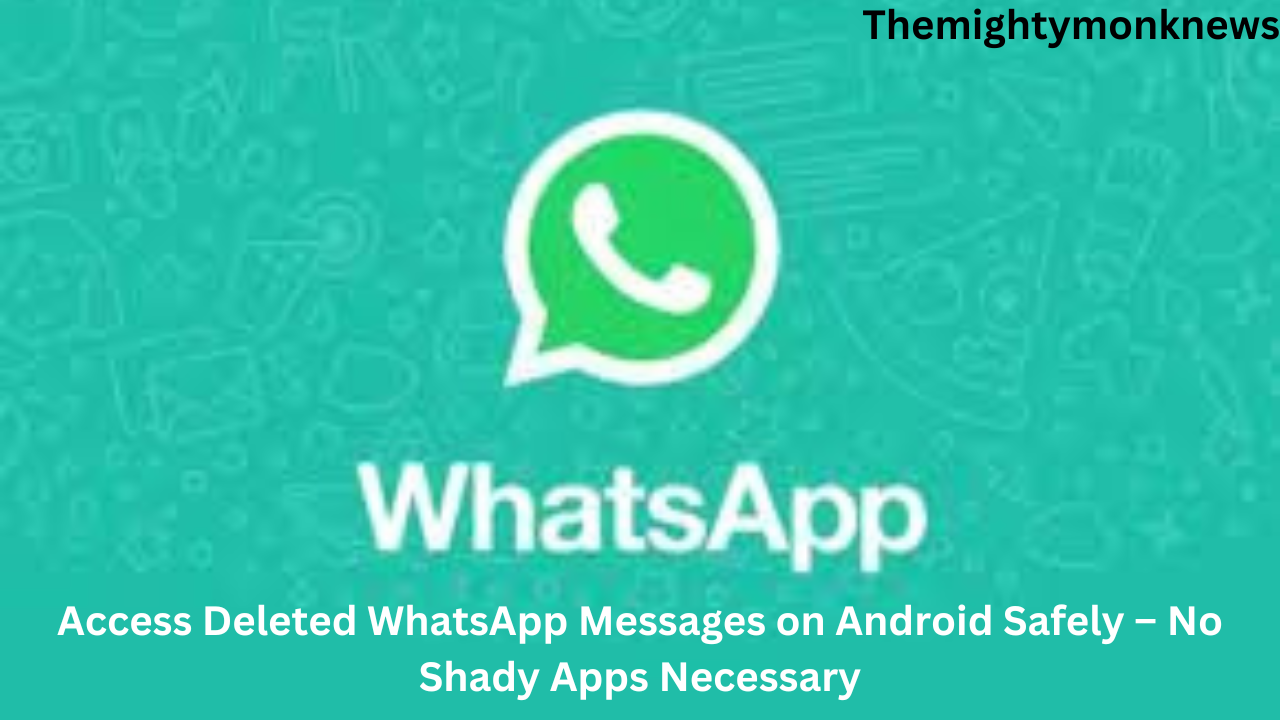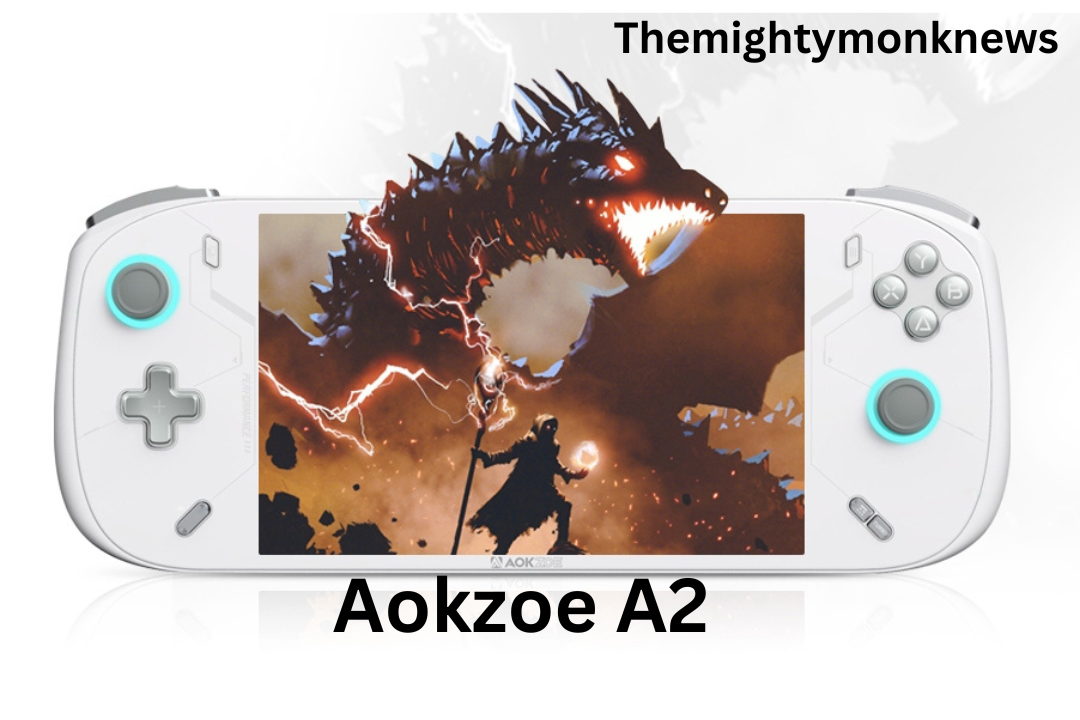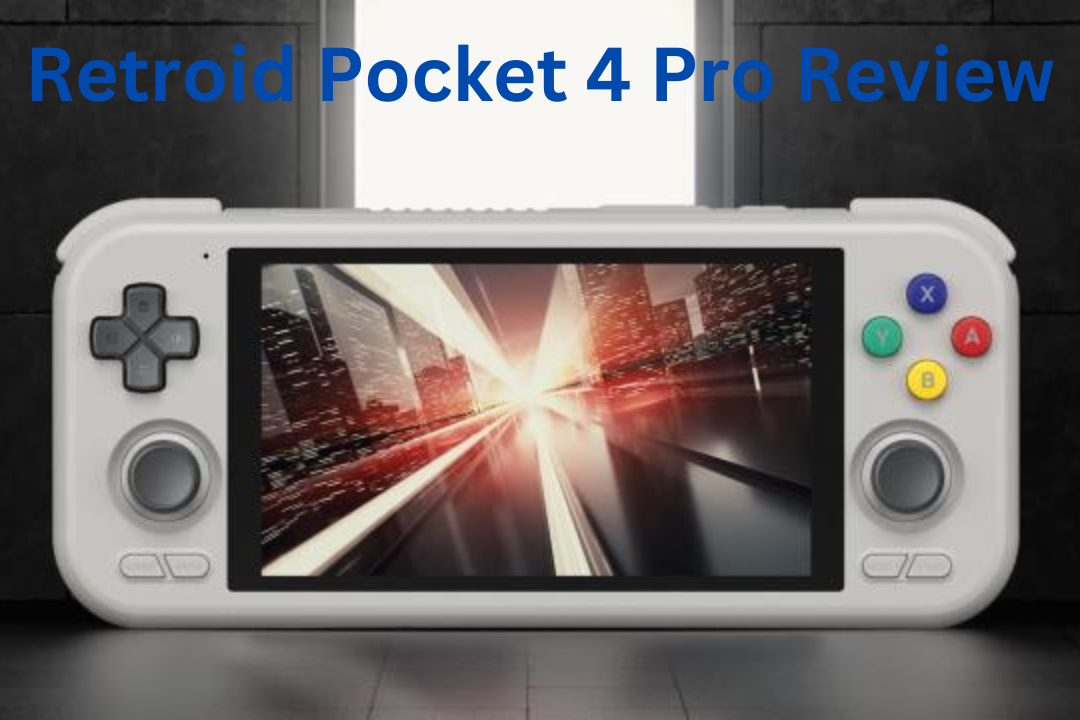USB4 Version 2.0 : Prepare to leave sluggish transfer rates in the past as Microsoft introduces USB4 Version 2.0, boasting lightning-fast speeds that are set to redefine connectivity. Recent tests have showcased an extraordinary 80Gbps, doubling previous records and pushing the boundaries of what we thought was possible. In this article, we will delve into the exciting details of this advancement, exploring whether your device is ready to embrace the future of high-speed connectivity and to hit these bleeding edge 80Gbps peaks.
Identifying Those Capable of Unlocking USB4 Version 2.0's Rapid Transfer Rates
To achieve the groundbreaking 80Gbps Rapid Transfer Rates, a crucial requirement emerges – the Intel Core 14th generation HX-series processor. Freshly unveiled at CES 2024 in January, these new mobile chips are the gateway to pushing USB speeds to unprecedented levels. If you haven’t acquired one in the past month, you might not be ready to catapult your data transfer speeds into warp drive just yet.
However, for the early adopters embracing the next-gen silicon, welcome to a realm of data transfer nirvana! With speeds comparable to the Millennium Falcon jumping into hyperspace, you’re poised to leave older USB standards trailing in a cloud of dust. Get ready to ride the wave of cutting-edge technology!
What kind of speed are we dealing with here?

Let’s put the quantum leap in connectivity technology into perspective. The latest USB4 Version 2.0 specification boasts an impressive 80 Gigabits per second bandwidth, doubling the previous 40 Gbps peak of the standard USB4. In simpler terms, we’re talking about speeds that can only be described as incredibly fast!
To grasp the significance of this velocity, consider this: you could transfer an entire 4K movie in well under 10 seconds. Say goodbye to the agonizing wait of watching progress bars inch along at a snail’s pace; near-instant data movement has officially arrived!
USB4 Version 2.0 doesn’t just elevate current transfer limits; it also ensures compatibility with existing USB ecosystems. This means full backward support for peripherals built on earlier USB and Thunderbolt specifications, eliminating concerns about rendering older devices obsolete.
In essence, this revised 2.0 standard delivers the best of both worlds – lightning-quick speeds paired with enduring compatibility!
Which devices, specifically, can take advantage of these enhanced speeds?

To harness the swift 80 Gbps potential, your ticket in requires Intel’s latest powerhouses, the Core i9 13950HX or 13980HX silicon. These flagship mobile processors stand at the pinnacle of performance – at least for the moment!
If you’re on the lookout for devices compatible with USB4 Version 2.0, ensure they come equipped with either of these cutting-edge Intel chips. A word of caution: indulging in top-tier components comes with a premium price tag for the privilege of accessing state-of-the-art functionality.
As adoption widens in the months ahead, anticipate a moderation in pricing to more mainstream levels. USB4 Version 2.0 is expected to infiltrate more affordable configurations as the specification becomes more widely available.
However, in the interim, brace yourself to invest in optimal systems, such as fully-equipped gaming laptops, if you’re eager for early access to the unparalleled speed of USB connectivity!
What will be the impact on users with the advent of faster USB speeds?
Indeed, USB4 Version 2.0 catapults peak transfer speeds into the realms of warp speed – a feat of impressive technical prowess! Yet, how will these hyperspace data rates translate into tangible improvements for users in their everyday experiences?
To begin, contemporary workflows increasingly rely on high bandwidth I/O performance for substantial gains in functionality. This positions ultra-fast USB as a transformative force for numerous applications.
Consider the following scenarios:
High-Resolution Media Streaming: Achieving silky smooth playback of 8K or higher resolution videos demands substantial bandwidth to avoid issues like choking, stuttering, or compression artifacts. The 80 Gbps USB pipeline of Version 2.0 provides ample breathing room for maximum resolution streams.
VR/Metaverse Connectivity: Immersive extended reality workloads necessitate responsive, low-latency data flows. Once again, the headroom offered by USB4 Version 2.0 grants developers the flexibility to create the next generation of hyper-realistic experiences.
External Storage & Backups: Even high-capacity SSD storage can face bottlenecks on slower interfaces. USB4 Version 2.0, with its substantial throughput headroom, unleashes the native speeds of cutting-edge external drives. Transferring terabytes of data now takes minutes instead of hours.
While more routine tasks like web browsing, email, or document editing may not immediately showcase the benefits of USB4 Version 2.0’s jackrabbit interface speeds, future peripheral devices tailored to harness this new standard will undoubtedly deliver far snappier performance than their predecessors.
In essence, USB4 Version 2.0 emerges as a future-proof infrastructure, paving the way for the next evolution of bandwidth-hungry USB functionality!
When Will Critical Mass be Reached in Mainstream Adoption?
USB4 Version 2.0 brings significantly faster transfer speeds compared to existing USB generations, but achieving widespread adoption takes time to reach a critical mass. Intel is set to extend support for USB4 Version 2.0 to upcoming processors, including desktop chips, over the next few years. This expansion should move beyond flagship mobile devices.
As production increases, more computer manufacturers will integrate USB4 Version 2.0 into standard configurations rather than limiting support to premium custom builds. If the current pricing appears prohibitive, waiting for mainstream availability to improve could be a wise choice.
The peripheral ecosystem also requires time to catch up, but with backward compatibility in place, existing USB4 devices won’t become obsolete. Instead, vendors can focus on creating next-gen gadgets that leverage the enhanced bandwidth of USB4 Version 2.0.
Conclusion
USB4 Version 2.0 marks a significant advancement in external device connectivity, doubling peak throughput to 80 Gbps and laying the groundwork for a substantial leap in capabilities. Initial adoption among cutting-edge platforms sets the stage for widespread integration into mainstream use in the future.
While the current implementation of USB4 Version 2.0 is primarily associated with top-tier Intel Alder Lake silicon, costs are expected to decrease as support becomes more widespread. Currently, power users seeking high-speed performance can reap substantial benefits from these cutting-edge advancements.
As the market evolves, even casual users will experience the benefits of next-gen USB4 Version 2.0, with fast peripherals hitting the market. In the meantime, legacy USB remains perfectly suitable for most needs. However, it’s clear that its days are numbered, with the arrival of new 80 Gbps connectivity ushering in a new era.
Prepare for a paradigm shift in external interfaces as USB4 Version 2.0 emerges as the new gold standard for both speed enthusiasts and performance enthusiasts alike. The era of sluggish data transfers is coming to an end, as next-gen USB propels velocities to unprecedented levels!





